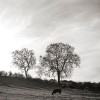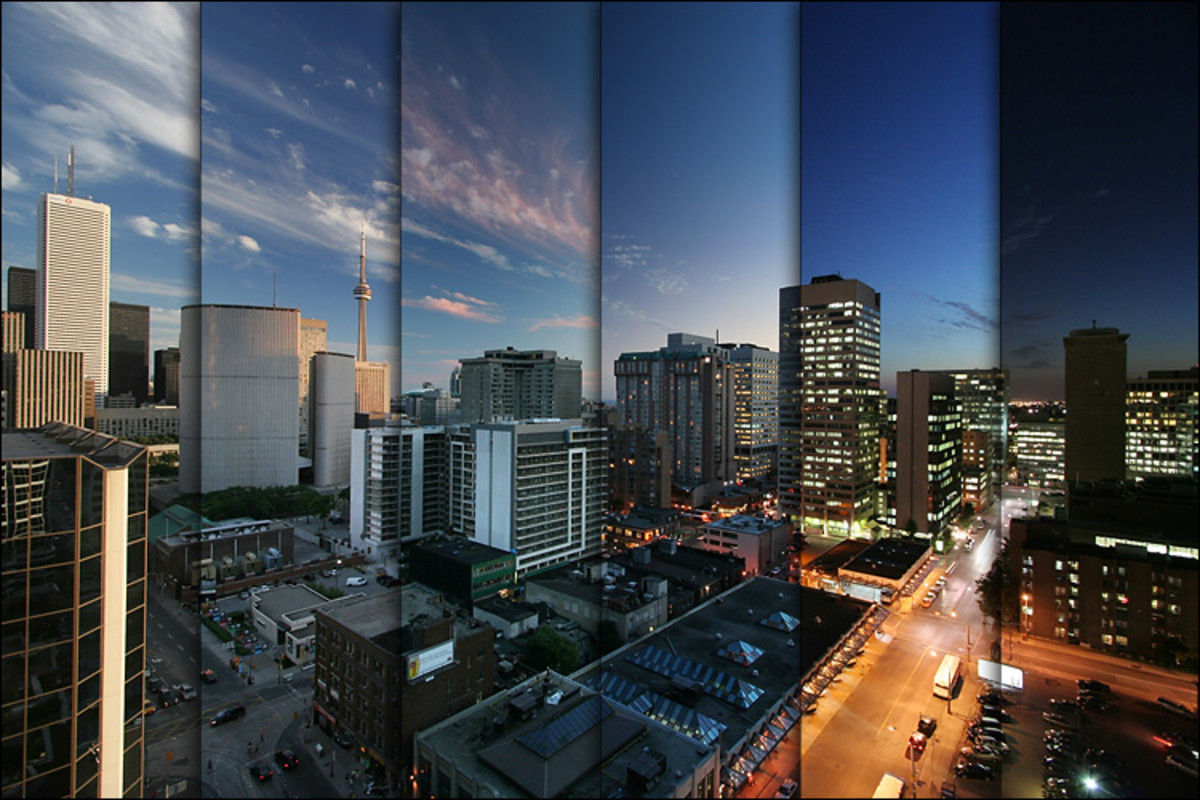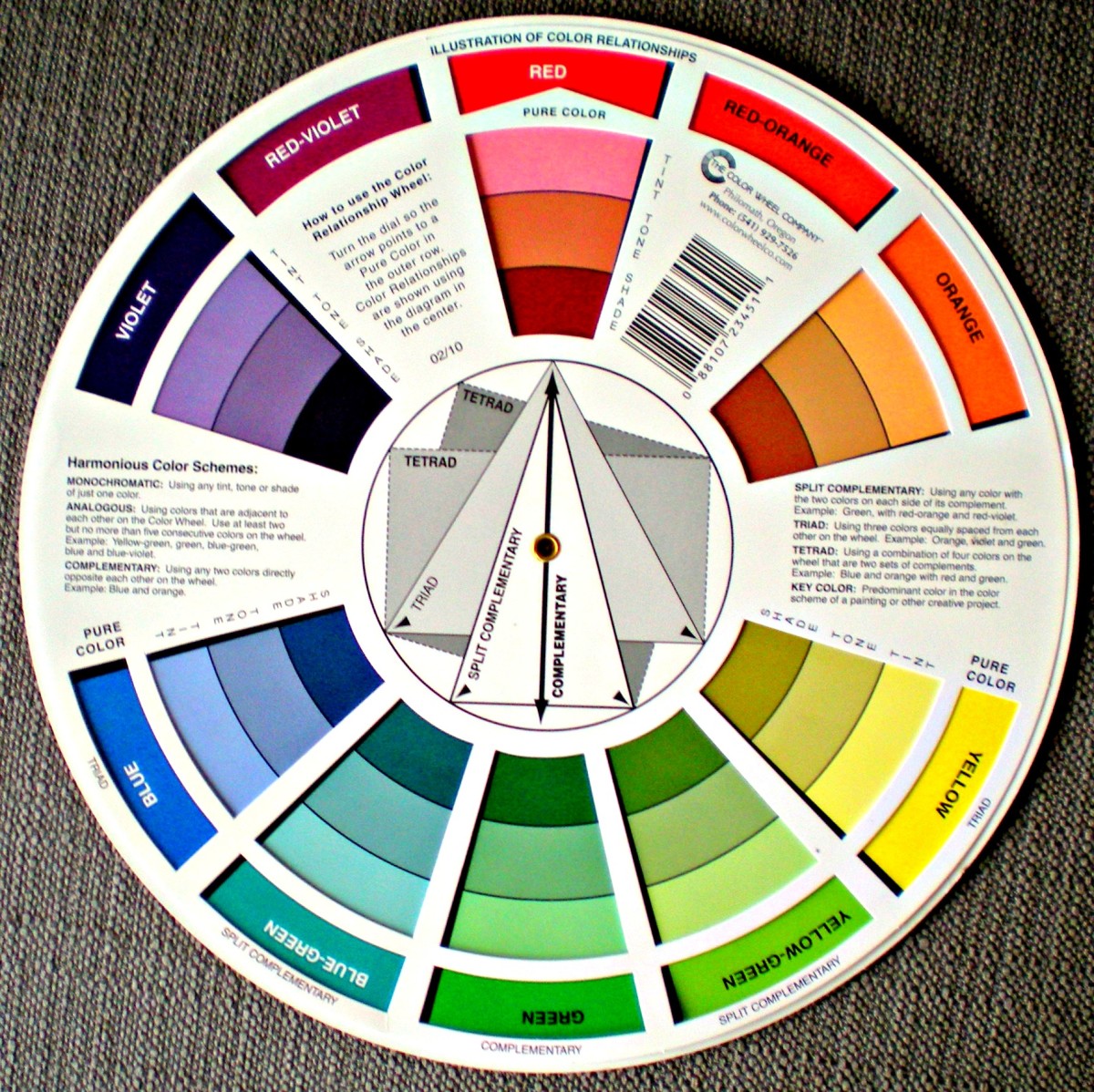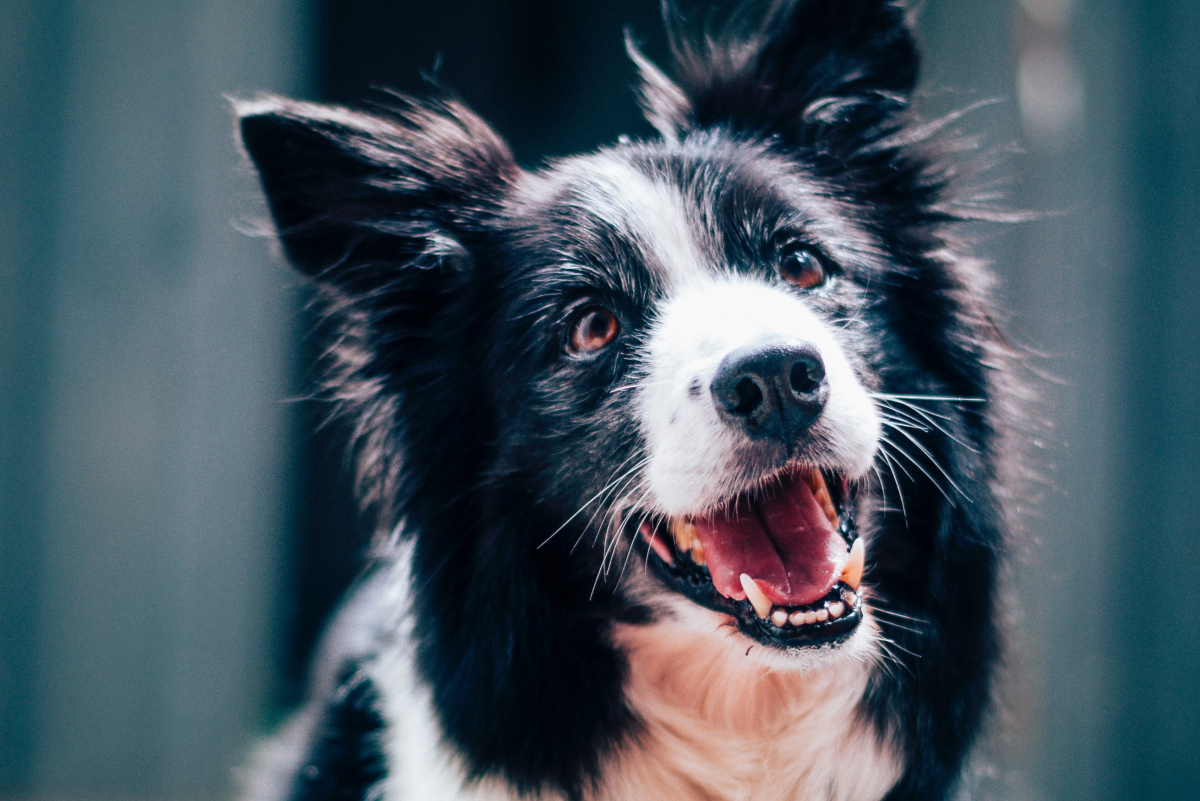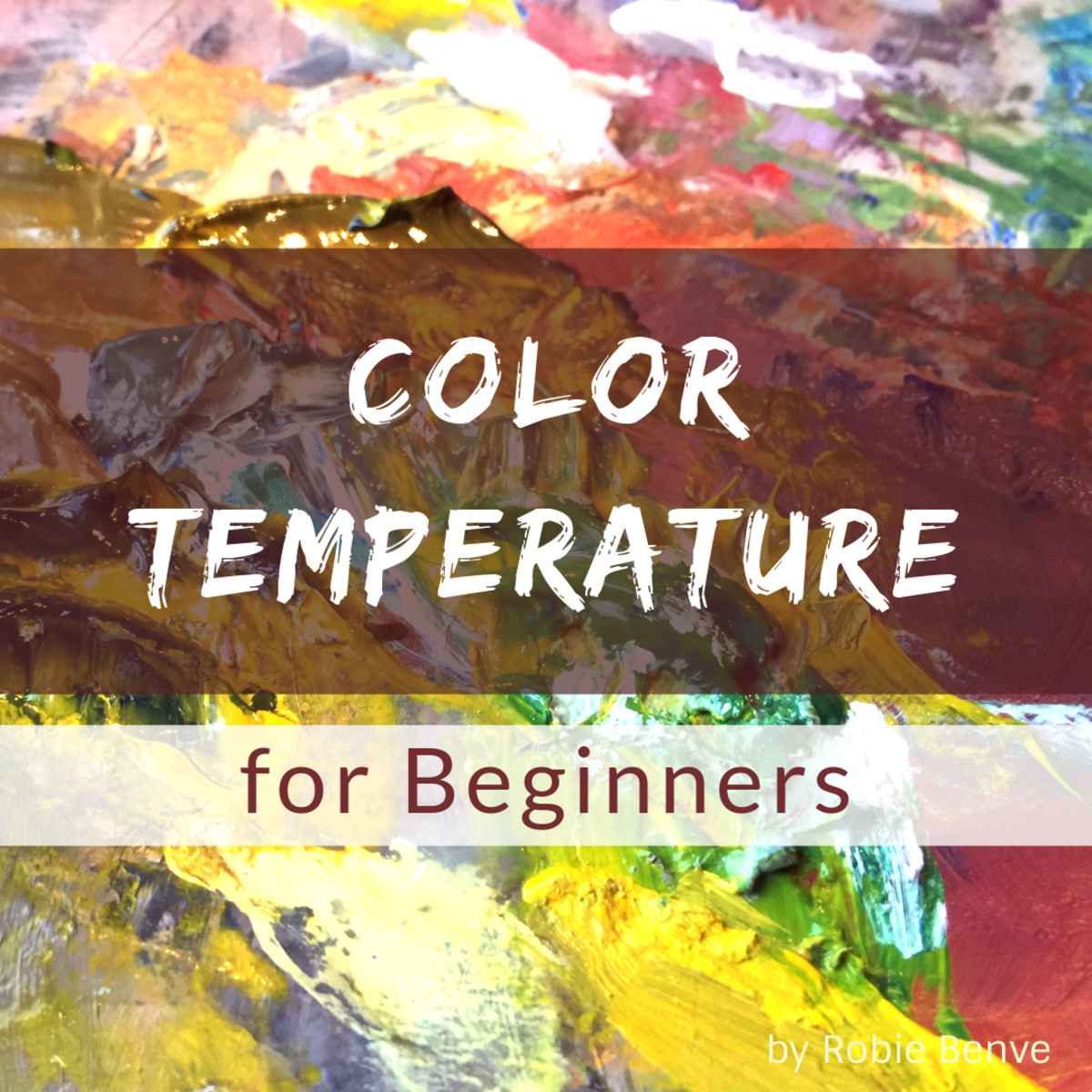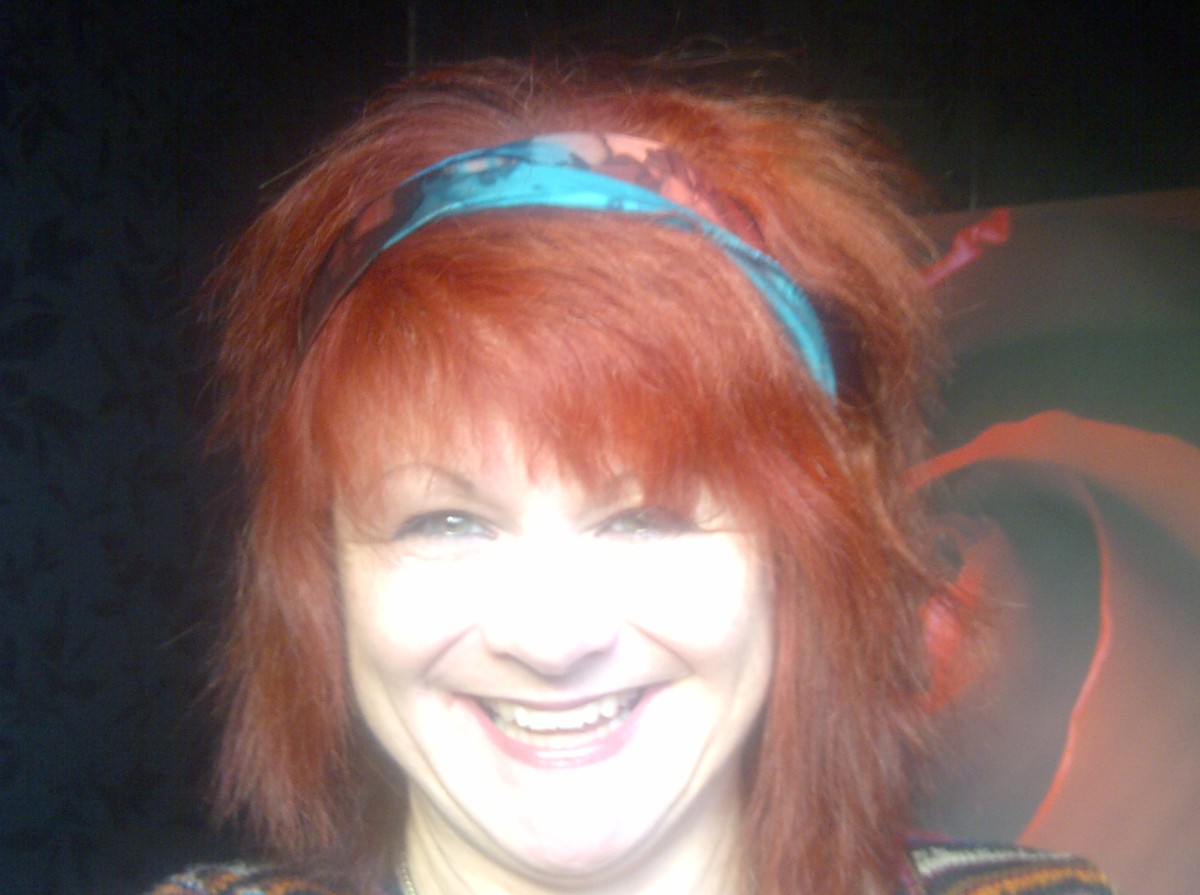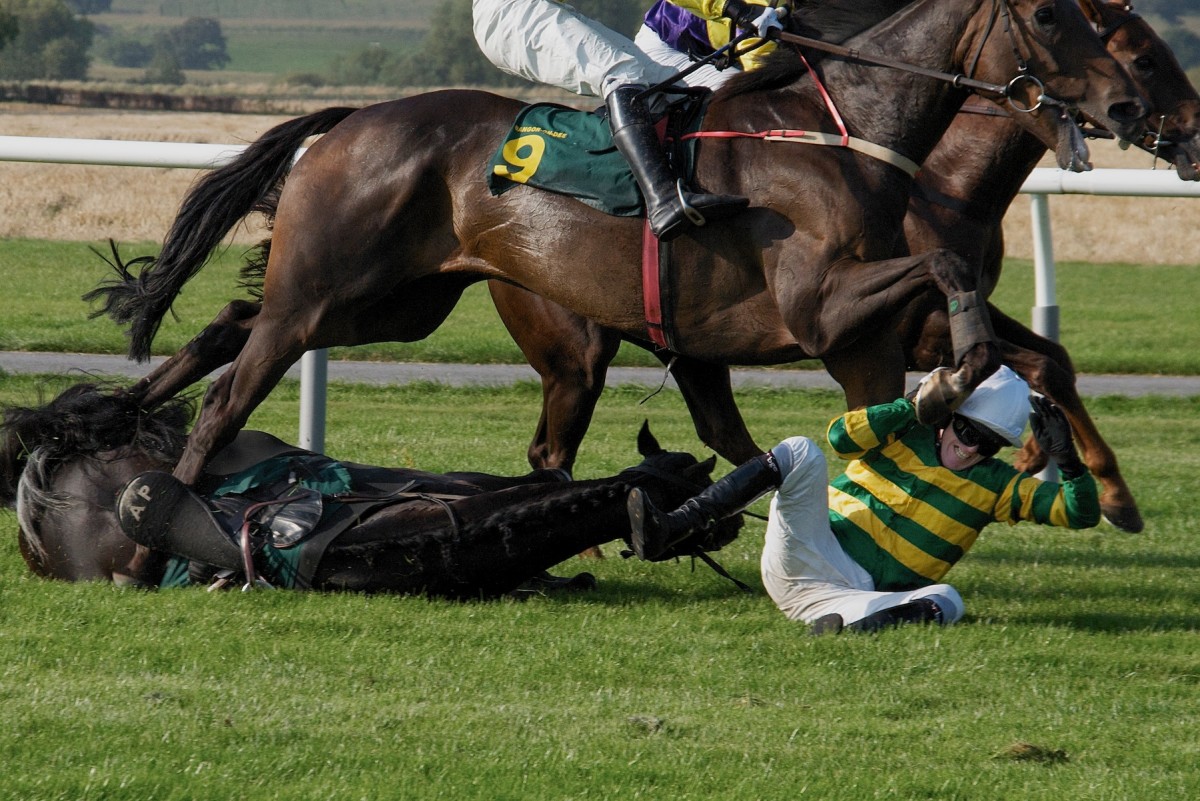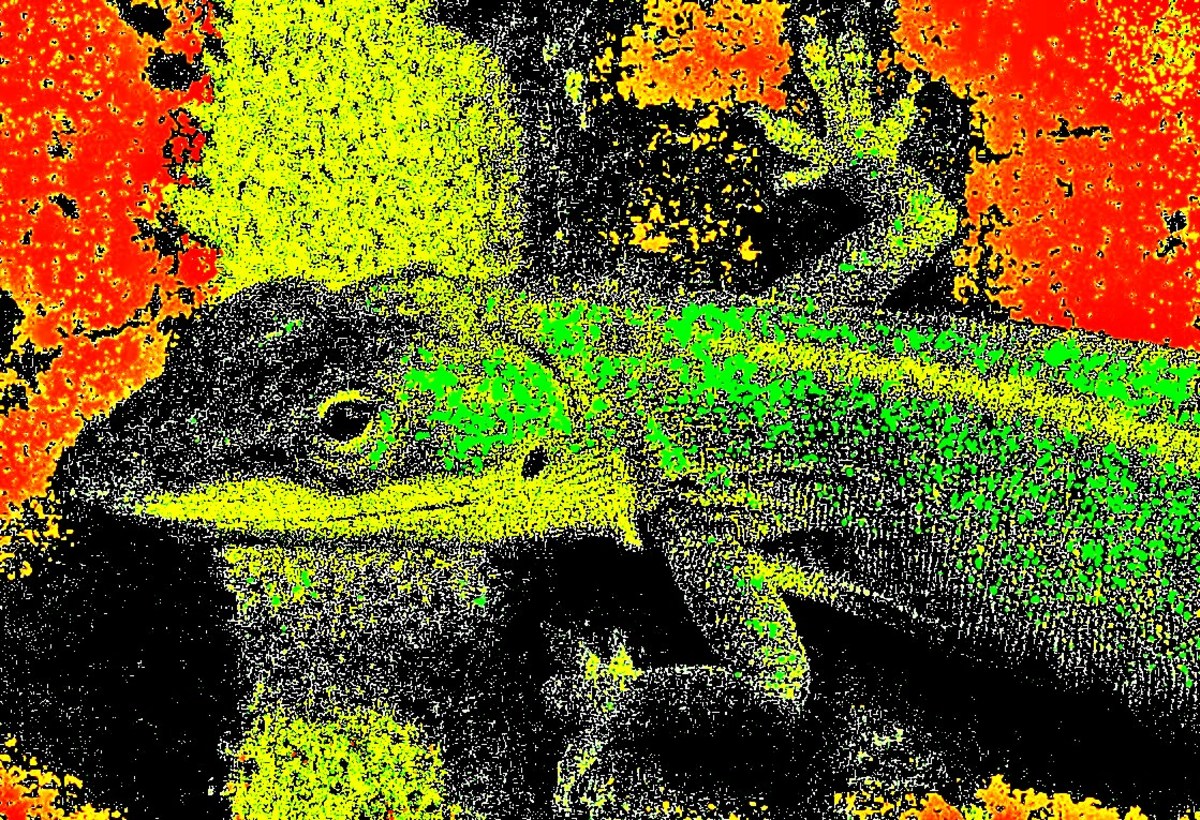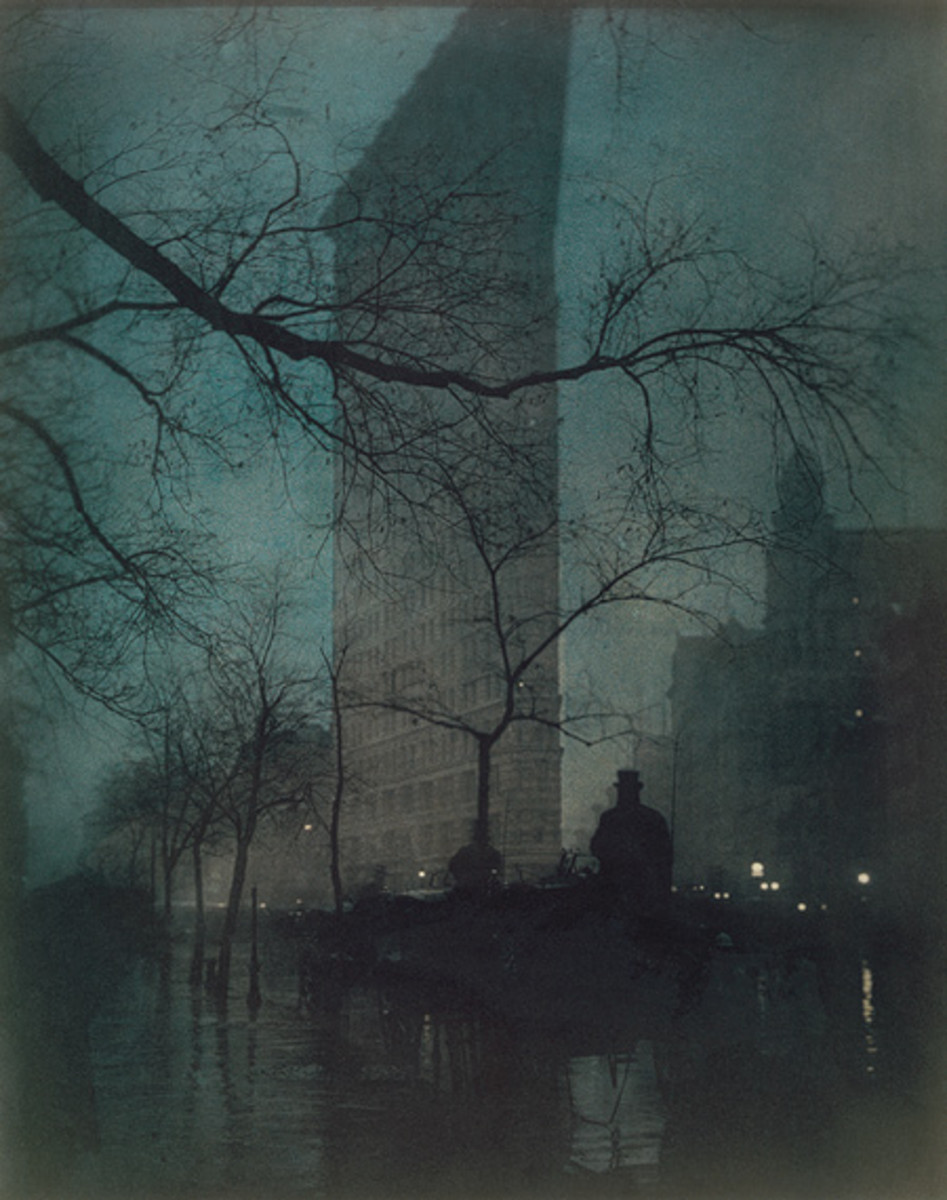How light affects photography
Light in Photography
Light is the most important thing in photography. The whole process of photography revolves around light being captured by the sensor or film in your camera. The type of light you are capturing can make a great difference to how the resultant photo turns out.
So it is very important to understand light and how it will affect the final photo.
Warm light
Warm light is where the light has a low color temperature, such as the light at sunset, and tungsten lights. Color temperatures below 3000 kelvin could probably be classified as warm light. This can impart a relaxed and romantic feeling to your photos. Warm light has an orange tint to it.
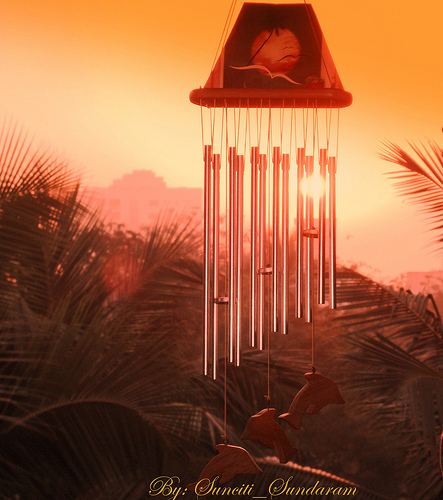
Warm light is particularly popular for landscape photographs. Naturally it occurs around sunset and sunrise.
For portraits warm light is also popular. This can be achieved by modifying the white balance setting e.g. shooting in bright daylight but using a white balance preset of cloudy or shade.
For flash photography warm light can be created by using a warm gel on the flash unit. This is particularly useful when shooting portraits back lit by the sunset. You need to light up the front of the subject with the flash, and by geling the flash to match the color temperature of the sunset you end up with a much more natural looking photo.
Cool light
Cool light is light with a high color temperature (e.g. above 5000 kelvin). This can be used to give your photos a cold, isolated, and melancholy feeling. Cool light has a blue tint to it.
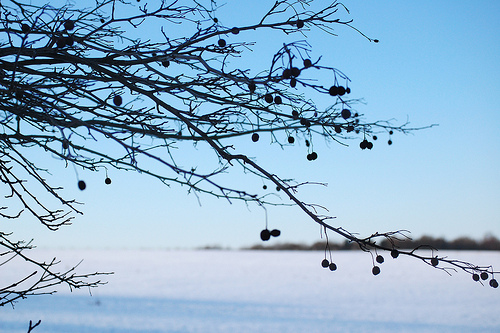
As with warm light, cool light, such as at twilight and dawn, can be great for landscape photography. If you try taking the same photo in both cool light and warm light, you will find that they have quite different feelings to them.
You probably would not want to photograph a portrait using cool light unless you wanted your subject to look cold. Again, you can make a picture look like it was shot in cooler light than it actually was by adjusting the white balance setting, or using a colored gel (blue) on your flash.
Harsh light
Harsh light is the strong directional light that you often find outdoors at midday. It creates strong shadows, and so is not particularly great for portrait photography. However the strong shadows it creates can be used creatively, particularly when photographing architecture.
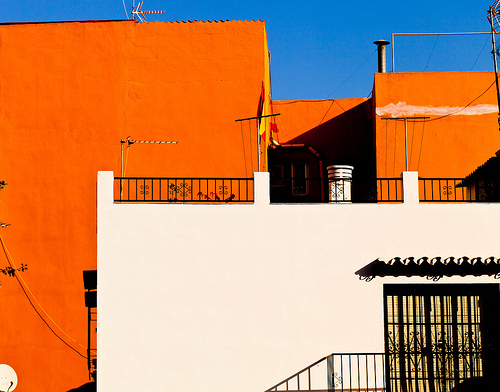
Soft light
Soft light is undirectional light. There may still be shadows with soft light, but the shadows do not have a well defined outline.
For this reason soft light is usually preferred for portrait and product photography. It helps to hide (or at least doesn't accentuate) small imperfections such as spots or wrinkles, which would cast strong shadows under harsh light.
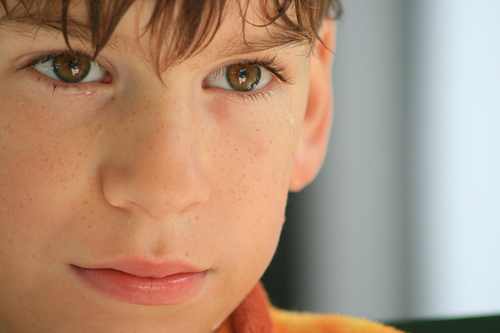
Soft light is created by light sources with a large size relative to the subject. Although the sun is a massive light source, it is so far away that it appears as a relatively small light source, which is why it creates harsh light.
A large one meter sized softbox placed 1 meter from a person on the other hand, is much smaller than the sun, but appears as a relatively larger light source, creating a much softer light.
Soft light is usually created either by light filtering through a large diffuser (such as a softbox), or by reflecting light off a large surface. Specialist reflectors for use in photography can be bought for this purpose, or a large piece of card, a ceiling, or wall can also be used as reflectors.
